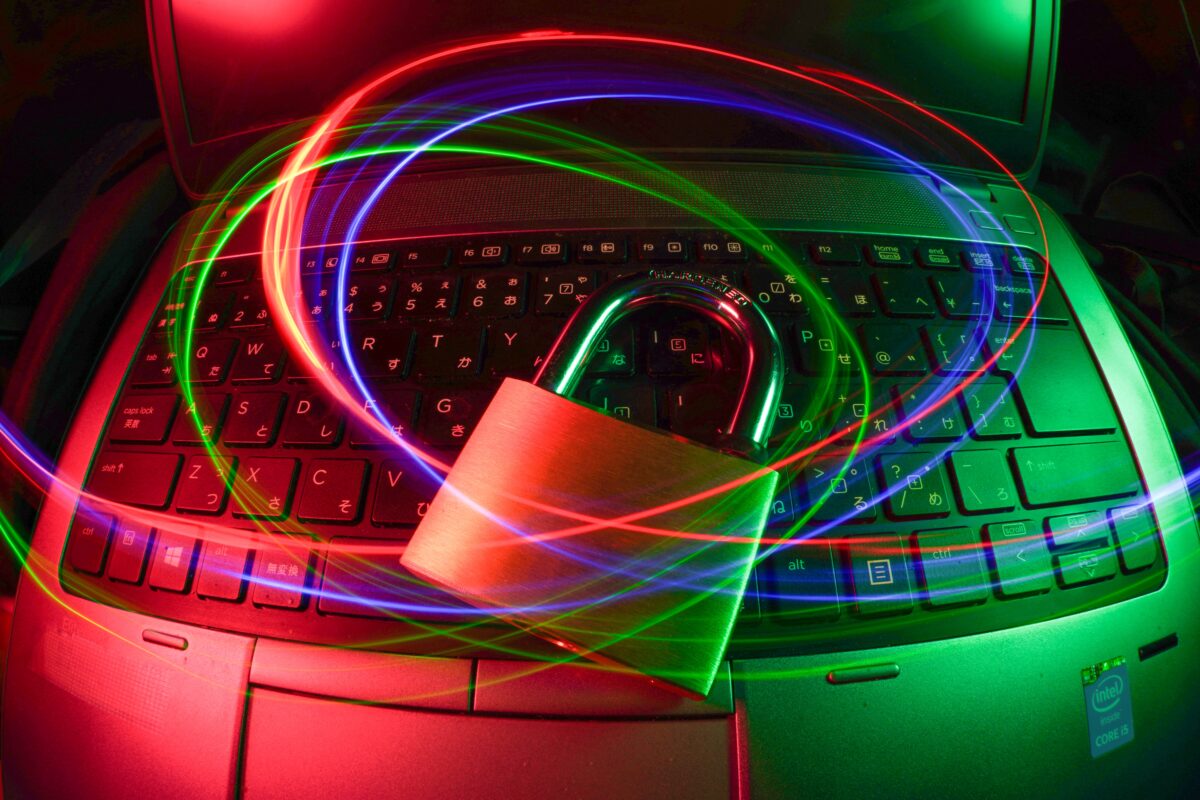School districts face a daunting challenge in safeguarding their networks, data, and users against external and internal threats. As prime targets for cyberattacks, districts struggle to upgrade their defenses quickly due to limited resources, resulting in data breaches and steep financial losses. Cybersecurity firm Emsisoft reported that 108 districts were attacked in 2023 alone. This concerning trend has prompted warnings issued by the FBI, Homeland Security, and MS-ISAC highlighting K-12 institutions as “soft targets” for cybercriminals.
The situation is exacerbated by students getting progressively smarter and more creative when circumventing security measures to access prohibited content. Seemingly innocuous web proxy websites, used by students to play games or download movies on school devices, can inadvertently lead to personal identifiable information (PII) being compromised. When referring to IT admins main challenges, Kyle Berger, Grapevine Colleyville ISD CTO, stated that the district’s 14,000 students are equal to “14,000 employees actively trying to break my filter and security protocols.” In fact, 90 percent of cyberattacks were initiated via phishing, which can lead to data exploitation for identity theft, financial fraud, and other harmful activities that could negatively impact students’ futures.
How can school districts proactively safeguard against threats when they lack the necessary technology or understanding of the risks they face?

To support school districts with this seemingly impossible task, Lightspeed Systems has implemented The Bypass Prevention Initiative, a multi-layered series of enhancements to Lightspeed Filter™ designed to strengthen and introduce new defenses to keep up with the latest threats and prevent students from bypassing your web content filter. Each layer is specialized in handling specific threats, working in tandem to provide comprehensive and proactive protection.
This initiative will lead to improvements in categorization, top-level domain blocking, and access restriction to certain applications. Let’s explore these enhancements in more detail, highlighting how they contribute to more robust protection.
Improved categorization accuracy
Armed by a Reddit thread or a Discord discussion, students often look for simple and inexpensive ways to bypass their school’s web filter. This is often accomplished through free domain-sharing websites to hide redirects to content that should be restricted. The new Lightspeed Filter enhancements will enable districts to block access to shared, free domains to host proxies or mature content with a new domain-sharing category. This new capability will allow IT administrators to easily prevent students from using new domains to circumvent filtering measures.
Improved SafeSearch Access
The SafeSearch feature, supported by numerous search engines, is crucial for CIPA compliance, particularly as some engines fail to properly rank results or to hide inappropriate images, exposing students to harmful content. Lightspeed Filter users will see improvements in their ability to enforce SafeSearch, enabling IT administrators to allow access exclusively to search engines that support these settings, ensuring students and staff only encounter risk-free results.
DNS Bypass Switch
Students and threat actors might try to conceal their activities or bypass filtering by using self-hosted proxies or services that rely on direct IP addresses rather than domain names. The new DNS Bypass Switch gives districts the ability to instantly block student and staff attempts to access services via direct IP addresses. IT administrators will also be able to manage exceptions with custom allow lists to ensure essential services remain accessible while safeguarding the network from other direct IP access attempts.
Top-Level Domain (TLD) Filtering
Students and teachers can unknowingly encounter malware through top-level domains (TLDs), such as .xxx, .mov, .zip, while visiting unauthorized streaming sites or downloading games. Recognizing the threat, national security agencies, including the Department of Defense, prioritize monitoring these TLDs to ensure web security isn’t widely compromised. The latest enhancements to Lightspeed Filter enable districts to block risky TLDs, ensuring access is restricted to reputable or educationally focused domains.
Enhanced App Blocking Features
Students often bypass web content filters by downloading unauthorized browsers or VPN software, which can introduce malware to district-managed devices. To protect the network and data, Lightspeed Filter will allow admins to prevent these unwanted browsers, VPNs, and malicious software from running.
Disruption-Free Testing
Struggling to ensure a new testing software or a 3D printer is working properly due to filter restrictions? No problem. With the new trusted applications feature, admins will be able to easily allow filter bypassing when testing new applications.
Conclusion
Lightspeed’s commitment to innovation isn’t stopping there. The Lightspeed Filter product team is exploring more experimental protection layers designed to adapt to evolving threats and inventive attempts to bypass security measures, ensuring our students’ online environment is as safe and educational as possible. The Bypass Prevention Initiative is not just about preventing unauthorized access; it’s about creating a secure, conducive environment for learning, exploration, and growth. Stay tuned for more!

